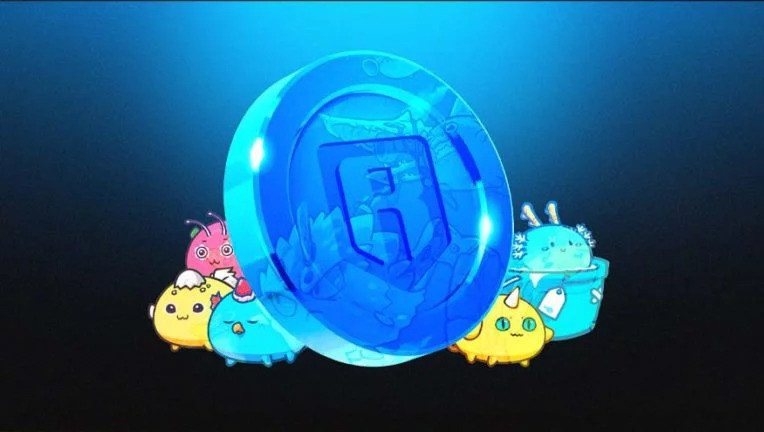In mid-2021, Axie Infinity attracted the attention of the cryptocurrency investor community because of the sharp increase in the token price. The game helped many people in the Philippines and Indonesia make money during the pandemic period. The project opened the play-to-earn trend, which grew until the end of 2021.
Currently, Axie Infinity is still the leading NFT game, far ahead of other games in terms of players despite the sharp drop in other indexes. In the midst of the "downtrend" market period, the cryptocurrencies of GameFi projects are also the most affected group.
Decline in popularity

The hack of more than US$600 million into Axie Infinity's Ronin bridge has affected the entire market and GameFi projects. The issue was temporarily resolved by a $150 million bailout led by Binance. However, the decline of NFT games has become more evident through the incident.
According to data from Sky Mavis, before the attack, the number of active users on the game was 1.48 million, down 45% from the peak of nearly 3 million in November 2021. Despite the sharp decline, Axie Infinity is still the leading game in the GameFi segment.
“Axie Infinity deals with NFT transaction volume that is three times higher than other chains, excluding Ethereum. There are 2.6 million people who own Axie, 4 times more than the 2nd NFT game. With 2.2 million players, Axie Infinity is the biggest NFT game of all time,” Sky Mavis said in an announcement.
This proves that the growth rate of the NFT game industry has slowed down after the peak recorded at the end of 2021.
Experts said that the market is gradually reaching the point of saturation when too many players participate to make a profit. This leads to the GameFi trend slowing down and clearly diverging.
In December 2021, the market went down after the price of Bitcoin sharply dropped, and GameFi-related assets were among the hardest hit. As noted by The Defiant, a series of large projects such as Axie Infinity, The Sandbox and Decentraland decreased by more than 30% in value.
In addition, the problem of fraud and rug-pull occurred continuously, eroding investors’ trust in this model. In Vietnam, projects like Zuki Moba and Crypto Bike caused great damage to domestic investors.
Poor-quality games
After the development of the GameFi trend, many big players in the field of video games expressed their desire to participate in this market. Many studios have announced the integration of NFT elements into popular games.
GSC Game World, the studio behind STALKER, said it will integrate NFT into the game's sequel. This has led to a wave of protests from fans on social networks.
Many NFT projects are developed in a short time, lack of investment from the development team.
The term GameFi is formed with two components, Game and Fi (Finance). However, the financial factor in the projects is of great concern while the core of the platform must be in the gameplay.
If GameFi 2.0 really takes shape, these projects need to improve in gameplay and graphics to attract and retain players, not just depending on the current monetization mechanism, experts said.
According to experts, current blockchain games have a saturation point. There, the number of investors is too large, while no new players join, leading to the depletion of the bonus fund. The model for an NFT game to operate sustainably is to still attract new players and retain old gamers even when they can no longer make money.
For Axie Infinity, at the same time when this game peaked in the number of players, investors' incomes also dropped sharply.
In November 2021, researchers from blockchain game market analysis firm Naavik said that Axie Infinity players’ revenue was decreasing day by day, even lower than the minimum wage of the Philippines - the country with a high number of players.
Le Ha